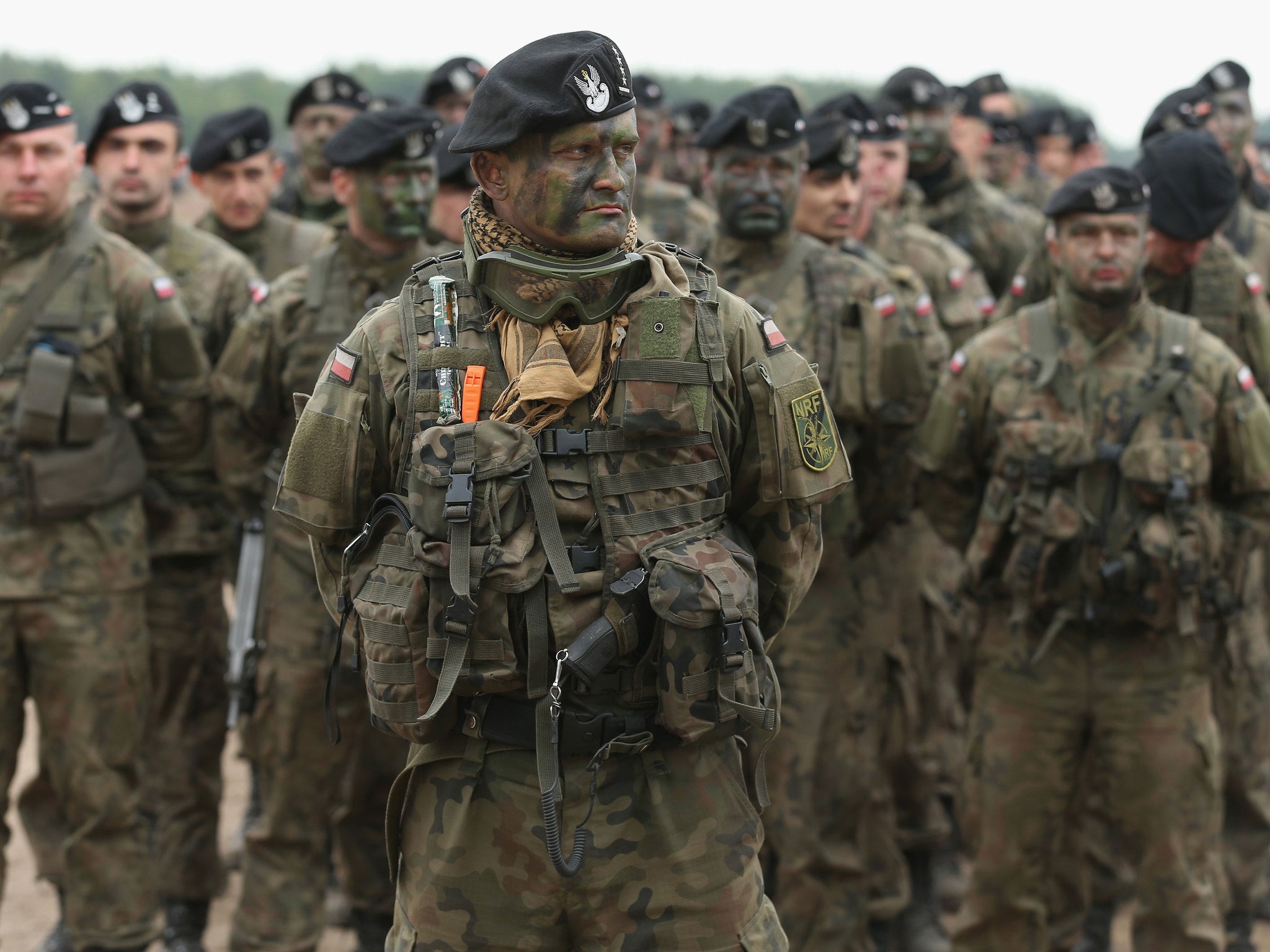Russia and Nato 'heading for war' with growing number of drills in Europe, report warns
Think-tank says war games make actual conflict more likely

War games in Europe being conducted by Russia and Nato are more than just exercises and are making a real conflict more likely, a study has warned.
Experts from the London-based European Leadership Network (ELN) think-tank examined two huge exercises from earlier this year, when the two sides in the growing conflict mobilised almost 100,000 troops between them.
In its report, ELN found the war games were actively “contributing to a climate of mistrust” and led to “dangerous close encounters” between Russian and Nato forces.
The Ukraine crisis has seen a deterioration of relations between Russia and the West since the annexation of Crimea by Vladimir Putin last year.
ELN said Nato planned to conduct a total of 270 exercises this year, while Russia has declared 4,000 drills across all levels.
Speaking to the Associated Press, ELN director and study co-author Ian Kearns said: “Russia is preparing for a conflict with NATO, and NATO is preparing for a possible confrontation with Russia.”
The two exercises analysed in detail by ELN were a Russian drill in March featuring 80,000 personnel, and a Nato Allied Shield exercise in June when 15,000 armed forces members from 22 countries took part.
“History is full of examples of leaders who think they can keep control of events, and events have a habit of taking on a momentum and dynamic of their own,” said Mr Kearns.
The study said the exercises were also revealing in terms of what each side views as its most vulnerable points – Nato holding drills in Poland and the Baltics while for Russia it appeared to be the Arctic, Crimea and borders with Estonia and Latvia.
The ELN issued four recommendations which it said “could help to defuse or at least minimise tensions”. They included improved communication between sides, greater use of the OSCE organisation and a new treaty limiting the deployment of certain categories of weapons to some areas.
Join our commenting forum
Join thought-provoking conversations, follow other Independent readers and see their replies
Comments
Bookmark popover
Removed from bookmarks